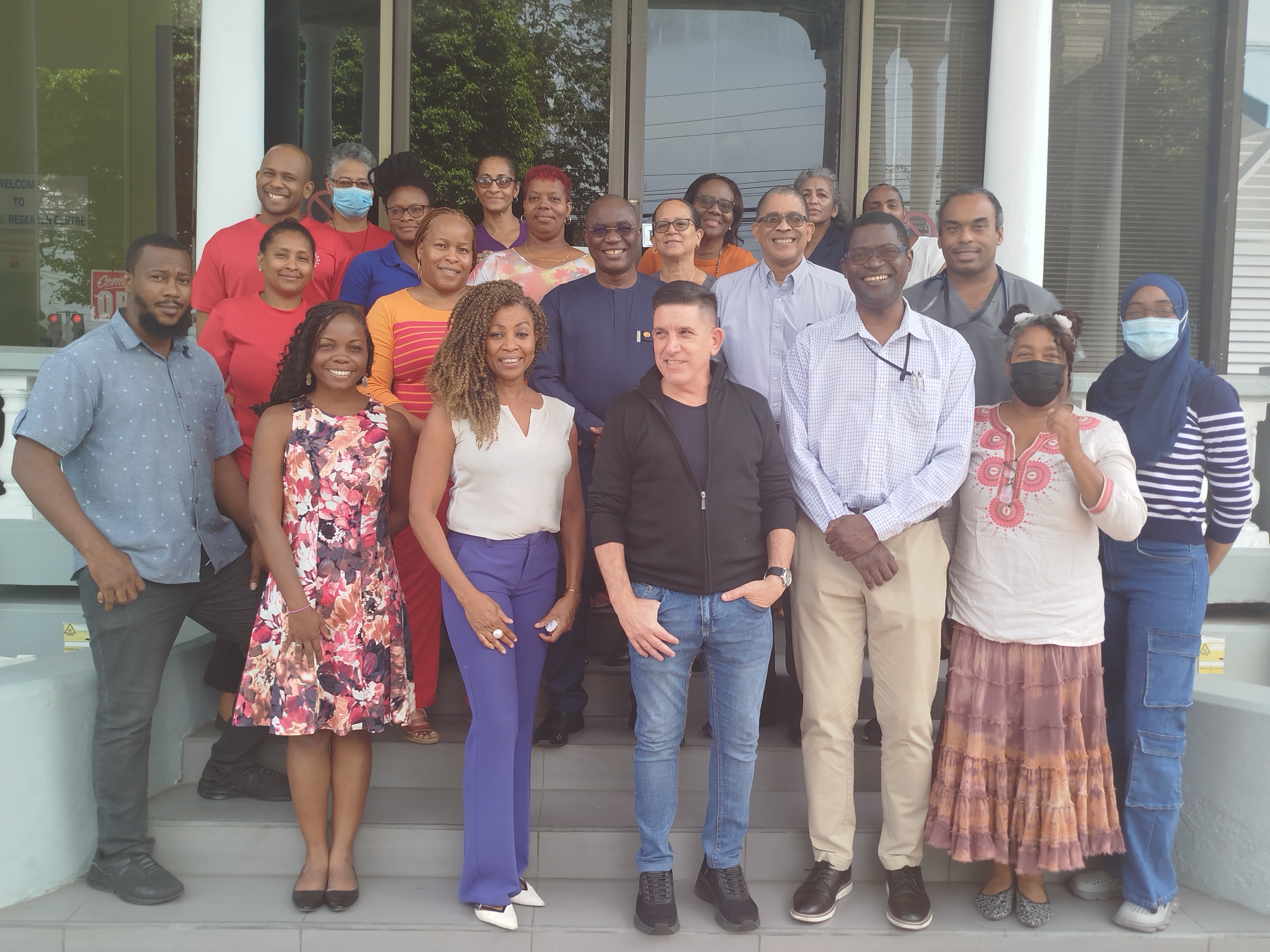
Beginning of the End for HIV? Trinidad and Tobago’s MRF Proves a Path is Possible
In a historic leap forward for public health in the Caribbean, the Medical Research Foundation (MRF) of Trinidad and Tobago announces an extraordinary achievement: 95% viral suppression among its patients living with HIV. This landmark success, a core component of the global UNAIDS 95-95-95 targets, proves that ending the HIV epidemic as a public health threat is not a distant dream, but an achievable reality.
As the nation’s largest HIV service provider, caring for 73% of all people on antiretroviral therapy (ART) in Trinidad and Tobago, MRF’s results are a powerful engine for national progress. This is not just a statistical victory; it is a human one. Each percentage point represents a person living a healthy, full life, a family kept whole, and a community growing stronger.
The foundation’s data tells a compelling story of sustained, life-changing care:
- Of the 5,146 clients retained in MRF’s care, an impressive 5,000 received a viral load test.
- 4,733 of those clients have achieved viral suppression, meaning the virus is undetectable and untransmittable, allowing them to live longer, healthier lives and preventing further transmission.
- Through relentless effort, MRF has steadily reduced treatment interruptions, successfully reconnecting hundreds of individuals to the care they need.
“This milestone is a testament to the human spirit and the power of unwavering commitment. It’s not just a number—it’s thousands of stories of resilience and renewed hope,” said Dr. Nyla Lyons, Senior Technical Advisor at the MRF. “We have demonstrated that with deep compassion, strategic innovation, and true partnership, we can not only reach but also sustain these critical global health goals.”
This achievement was made possible through robust collaborations with a network of global and local leaders, including PEPFAR, CDC, the U.S. Embassy, UNAIDS, AHF, PAHO, and the Ministry of Health, alongside dedicated civil society partners.
To break down barriers to care, MRF pioneered innovative programmes like evening clinics for working individuals, satellite services for remote communities, and proactive patient tracing models. These initiatives have set a new, higher standard for HIV treatment accessibility across the region.
Transcending its role as a clinic, MRF stands as a Centre for Clinical Excellence and Leadership. It seamlessly integrates prevention, treatment, cutting-edge research, and data-driven innovation. Its commitment to quality is further cemented by its laboratory’s implementation of an ISO 15189-aligned Quality Management System, positioning MRF as a regional beacon for high-quality medical services.
With this momentum, MRF looks to the future with resolve. The foundation is committed to further strengthening Trinidad and Tobago’s HIV response, sharing its proven model throughout the Caribbean, and relentlessly pursuing a future where HIV no longer poses a public health threat.
About the Medical Research Foundation:
The Medical Research Foundation is the largest HIV treatment and care clinic in the English-speaking Caribbean.
Mission:
The MRF Center for Clinical Excellence and Leadership is dedicated to providing a range of biomedical, behavioural and health interventions to effectively address the medical, psychosocial and social support needs of its clients from time of initial diagnosis and through their continuum of care toward achieving viral suppression.
WHAT IS PANCAP?
PANCAP is a Caribbean regional partnership of governments, regional civil society organisations, regional institutions and organisations, bilateral and multilateral agencies and contributing donor partners established on 14 February 2001. PANCAP provides a structured and unified approach to the Caribbean’s response to the HIV epidemic, and coordinates the response through the Caribbean Regional Strategic Framework on HIV and AIDS to maximise efficient use of resources and increase impact, mobilise resources and build the capacity of partners.
What are the Global AIDS Strategy 2021–2026 targets and commitments?
If targets and commitments in the strategy are achieved:
- The number of people who newly acquire HIV will decrease from 1.7 million in 2019 to less than 370 000 by 2025
- The number of people dying from AIDS-related illnesses will decrease from 690 000 in 2019 to less than 250 000 in 2025.
- The goal of eliminating new HIV infections among children will see the number of new HIV infections drop from 150,000 in 2019 to less than 22,000 in 2025.
What are the 95-95-95 Targets for ending AIDS?
- 95% of People Living with HIV know their HIV status;
- 95% of people who know their status on treatment; and
- 95% of people on treatment with suppressed viral loads.
HELPFUL LINKS:
Global AIDS Strategy 2021–2026, End Inequalities, End AIDS
https://pancap.org/pancap-documents/global-aids-strategy-2021-2026-end-inequalities-end-aids/
Caribbean Regional Strategic Framework on HIV and AIDS (CRSF) 2019-2025
https://pancap.org/pancap-documents/caribbean-regional-strategic-framework-2019-2025/
